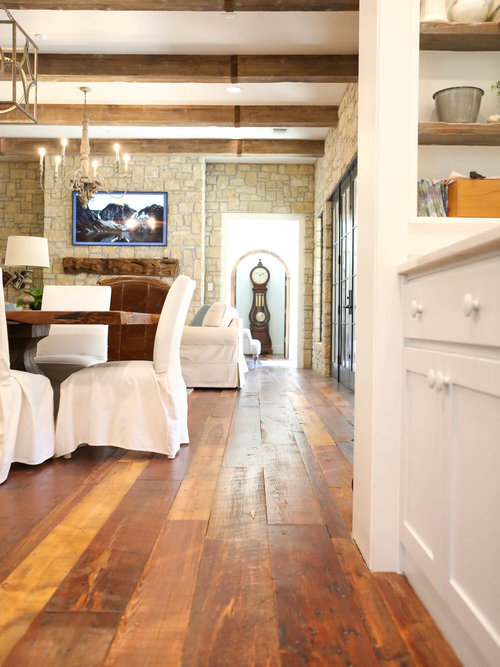DEALING WITH GAPS IN HARDWOOD FLOORING
When Ace Hardwood installs a new hardwood floor, our installation crews use the very best “Bostic” wood filler products and adhesives. The filler is spread across the floor, then sanded and finished to meet the client’s unique specifications. This process is relatively simple when installing a brand new floor. It’s when older floors come into play that things can get slightly more complicated. As humidity rises and falls, it’s common for gaps to form in your existing hardwood floor. These gaps are caused by the wood expanding and compressing as well as taking on moisture. When installers put in a new floor, they have the advantage of adding a moisture barrier under the floor itself to prevent moisture from doing substantial damage.
However, on an existing floor that is not an option. It may take years for gaps to appear on your hardwood floors. Whether your floors are newly installed or have been in your home for years, you can greatly reduce the chance of gaps appearing by using humidifiers. Both room and furnace humidifiers will help minimize the chance of gaps showing up later on.
Do Not Delay Fixing Gaps In Your Floor
If you do discover that your hardwoods are beginning to gap in multiple areas, it is much better to repair sooner rather than later.
The best way to fix floor gaps depends on the size of the gap itself, how structurally sound the floor is, and how many gaps are present- Too many gaps, extremely wide gaps, or creaking/loose bards may require a professional repair. Since it is hard to judge what qualifies as a wide or prominent gap, we recommend calling Ace Hardwood to walk you through what exactly you are looking at and how to go about repairing the issue.
Gap Repair Materials Fixing Floor floor gaps can be accomplished in several different ways. The most extensive is to completely replace a floor. This is necessary when the floor has far too many gaps to repair without losing its natural beauty. Ordinarily, you can “fill” the gaps with wood filler, and then finish with stain to match the floor around the afflicted area. Using fillers can rid your floors of unwanted gaps if it is done properly. Fillers are best used when gaps are narrow and the floor is not completely riddled with them
Our Process
1. The first step is to clean out any debris in between the gaps.
2. Second, apply the wood filler liberally, allowing for some overfill. 3. Once the filler has dried, sand, and stain as needed If the gaps in your floor are exceptionally wide, it usually not a good idea to try and repair on your own. In this case, we recommend calling (512)719-3555 and discussing your options with one of Ace Hardwood’s floor repair experts.
We also recommend calling Ace or the flooring manufacturer before attempting to perform any repairs on your floors to ensure it is done correctly. If the wrong filler, stain, or practice is used in this, it can cause further permanent damage to your floor. Contact Ace Hardwood for all of your hardwood manufacturing, installation, sand, finish, and repair needs
WOOD CUTS AND GRAIN PATTERN DIFFERENCES
Plain Sawn: The most common cut in the US in Plain Sawn. The log is squared and sawed lengthwise in a series of parallel cuts. The annual growth rings are mixed throughout the face of the board, joining at the ends to form a “Cathedral Arch.” These boards are ideal for large visual areas like whole floors.
Live Sawn: This is the simplest way to cut a log and is very popular in European and Asian mills. Live Sawn boards contain a variety of characteristics in the grain. The top/bottom 25% contain the same select boards as you see in the plain sawn diagram. The middle 50% is where you get the best mix. The center of the board will contain the cathedral arches while the outside of the board will have a straighter grain, rift, and quartered mix.
Quarter Sawn: Quarter sawn boards are created by first cutting a log into quarters and then making a series of parallel cuts, perpendicular to the tree’s rings, cutting on the radius. This also makes quarter sawn boards less likely to bow, warp, or twist than plain sawn. These boards have end grain with growth rings of 60 – 90 degrees to the surface where the medullary rays of the lumber are split during the cutting process causing a unique “fleck” pattern to emerge. This pattern is most pronounced in White Oak flooring creating a very unique look.
Rift Sawn: The final cut is rift sawn. In this cutting method, the log is still quartered and then cut. As the cuts get closer to the outside of the log, the angel of the grain changes to 30-60 degrees, reducing the number of ray flecks appearing in the wood. This makes it easy to match boards for a uniform appearance.





